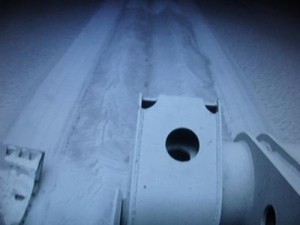There are pros and cons of cable lay and burial methods. Here we will outline the pros and cons specific to offshore wind farms to illustrate the many factors involved. These will vary for other applications like O&G pipe and telecom cable. Subsea terrain and seabed makeup can even change significantly across a single project location. Since there are many possible burial vehicles that could theoretically bury cable and pipe, it is important to consult with experienced installers and fully examine the positives and negatives of any given system relative to a specific project. IP Subsea can help assess these options.
With offshore wind farms, Inter-array power cable connects all of the turbines to the substation or substations. Once consolidated at the substation(s), the power travels through “export” cables as HVAC or HVDC to the shore station. The cable plan will optimize the orientation of the cables from turbine-to-turbine and turbine-to-substation. The two main methods for laying and burying power cable within an offshore wind farm array are:
- Ploughing (or Plowing): Simultaneous lay and burial of the cable from point A to point B in one pass. A plough uses a mechanical share to cut a trench that the product cable is depressed into. The seabed falls back on top of the cable to provide instant protection once the plough passes. For long-distance burial, the plough is the most economical method – when it can be used.
- Trenching: Cable is first laid between two points. At some point after the lay, a trench is then created by a self-propelled trencher that allows the cable to fall into a trough in the seabed. The seafloor material is fluidized by powerful water jets or mechanically cut with a chain or wheel equipped with hardened bits. This is commonly referred to as PLIB – Post Lay Inspection and Burial.
